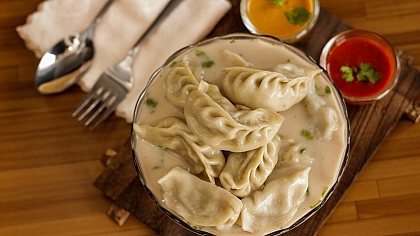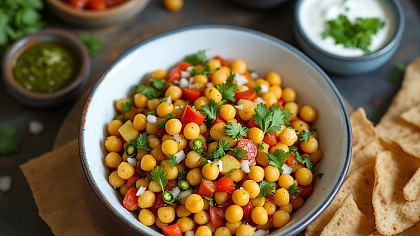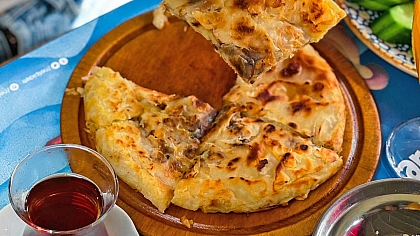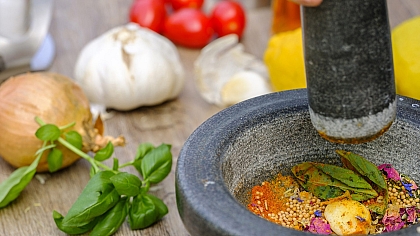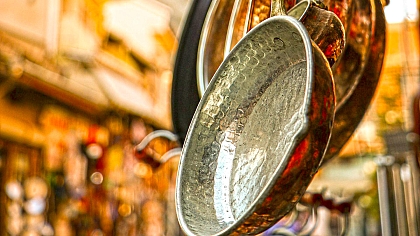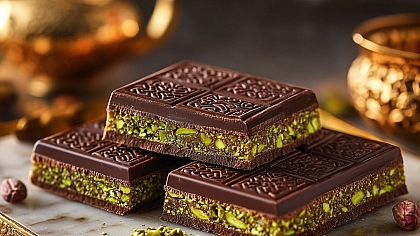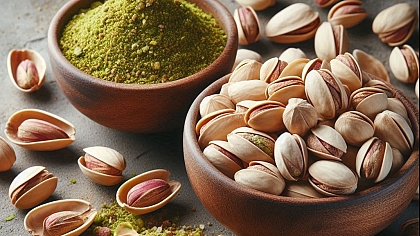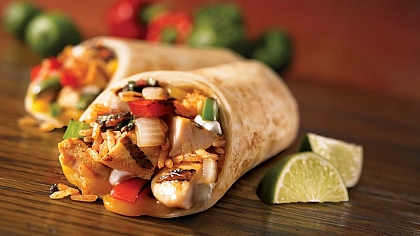
Pakistani Regional Cuisines: A Journey of Culinary Diversity
Pakistan, a country rich in culture and history, boasts a diverse culinary landscape that reflects its ethnic, cultural, and geographic diversity. From the rugged mountains of the north to the fertile plains of the south, each region of Pakistan brings its own unique flavours and ingredients to the table.
Get ready to embark on a gastronomic journey across the provinces of Pakistan, exploring their distinct regional cuisines and savouring the delightful dishes that define them.
Punjab: The Land of Spices
Punjabi cuisine is a vibrant and flavourful culinary tradition that originates from the Punjab region, which spans parts of both Pakistan and India. It is known for its rich use of spices, generous use of ghee (clarified butter), and hearty, filling dishes. The cuisine is greatly influenced by the region's agricultural abundance and the historical influences of Mughal, Persian, and Central Asian cooking styles. Here are some key features and dishes that define Punjabi cuisine:
Key Features of Punjabi Cuisine
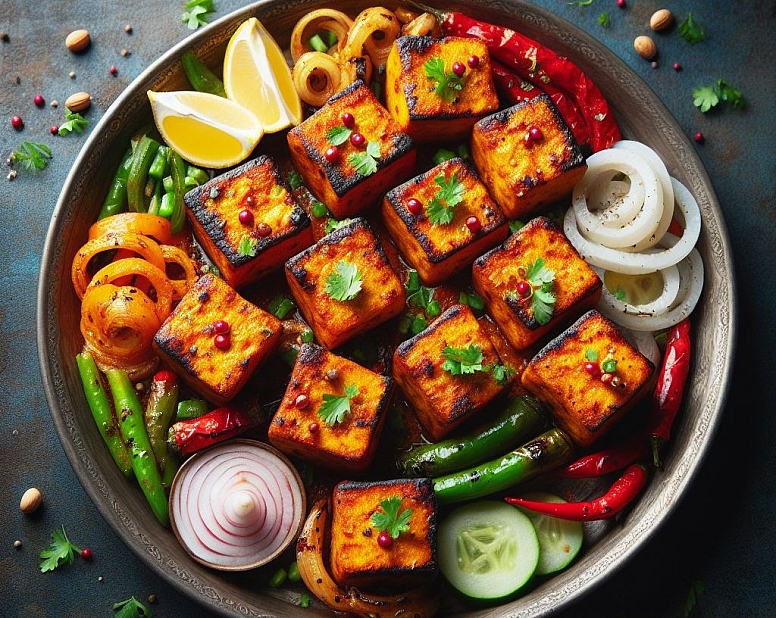
Spices and Flavours: Punjabi cuisine is synonymous with bold flavours and aromatic spices. The use of spices like cumin, coriander, turmeric, and garam masala adds depth and complexity to the dishes.
Tandoori Cooking: The tandoor, a clay oven, plays a significant role in Punjabi cooking. Tandoori dishes, such as tandoori chicken and naan bread, are cooked in this traditional oven, giving them a unique smoky and charred flavour.
Diverse Ingredients: Due to the fertile plains of Punjab, the cuisine features a wide range of ingredients including vegetables, grains, dairy products, and meats. Lentils and legumes are also commonly used in Punjabi dishes.
Bread Varieties: Punjabi cuisine offers a diverse array of breads. Naan, a leavened flatbread, is particularly popular, along with roti (unleavened flatbread), paratha (layered and stuffed flatbread), and bhature (deep-fried bread).
Ghee and Dairy: Ghee is a staple in Punjabi cooking, adding richness and piquancy to dishes. Dairy products like yoghurt and paneer (Indian cottage cheese) are widely used in both savoury and sweet preparations.
Iconic Punjabi Dishes
- Butter Chicken: A globally acclaimed dish, butter chicken consists of tender pieces of chicken marinated, tandoor-cooked, and then simmered in a creamy tomato-based gravy enriched with butter and cream.
- Sarson da Saag and Makki di Roti: A rustic, wholesome and quintessential Punjabi combination, this dish features mustard greens (sarson) cooked with various spices and served with cornmeal flatbread (makki di roti). It's a delightful winter favourite and a testament to the region's use of locally available ingredients.
- Chole Bhature: Spiced chickpea curry (chole) served with deep-fried bread (bhature). It's a popular street food and a favourite breakfast option.
- Paneer Tikka: Cubes of paneer (cottage cheese) marinated in yoghurt and spices, skewered, and cooked in the tandoor. It's a flavourful vegetarian appetizer.
- Punjabi Lassi: A cooling yoghurt-based drink, often sweetened and flavoured with cardamom or rose water. It's a refreshing accompaniment to spicy meals.
- Punjabi Samosa: Triangular pastries filled with spiced potatoes and peas, deep-fried until golden and crispy. They're a popular snack.
- Biryani: A fragrant rice dish layered with succulent pieces of meat, aromatic spices, and caramelized onions. This dish is a blend of flavours and textures that perfectly captures the essence of Punjabi cuisine.
- Chana Masala: A spicy and tangy chickpea curry, Chana Masala showcases the Punjabi love for bold flavours. It's often enjoyed with piping hot bhature (fried bread).
- Dal Makhani: A creamy lentil dish made from black lentils and kidney beans, slow-cooked with aromatic spices and finished with a touch of cream.
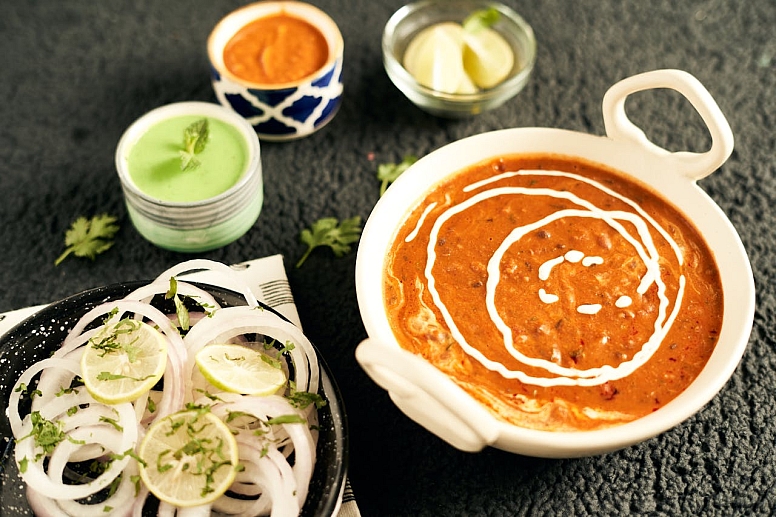
Pakistani cuisine is renowned for its rich and diverse culinary heritage, but it's essential to recognize the significant influence of neighbouring Indian Punjab on its food culture. The bold flavours, generous use of spices, and hearty dishes that characterize Punjabi cuisine have made it a favourite not only within the region but also among food enthusiasts worldwide.
Whether you're eating a traditional dish in a village home or indulging in the flavours at a bustling restaurant in Pakistan, Punjabi cuisine offers an unforgettable culinary experience that captures the essence of the region's history, culture, and hospitality.
One cannot delve into the world of Punjabi cuisine without acknowledging the cross-border culinary exchange that has occurred over the years. Dishes like Amritsari Fish, a crispy and flavourful deep-fried fish marinated with a special blend of spices, exemplify this culinary connection. This delectable dish is a speciality of Amritsar, a city in the Indian Punjab, but its popularity has transcended borders, finding its way onto Pakistani menus. The flavours of Amritsari Fish have become a testament to the shared history and cultural exchange between the two Punjabs, bridging gaps and creating a delightful fusion of flavours on both sides of the border.
So, while we explore the mouthwatering offerings of Pakistani Punjabi cuisine, it's essential to appreciate the connections it shares with its Indian counterpart. These culinary ties serve as a reminder that food transcends borders and brings people together, celebrating the flavours of the past while embracing the vibrant tastes of the present.
Sindh: Flavours of the Indus
Moving south to Sindh, we encounter a cuisine influenced by the fertile lands along the mighty Indus River and the cultural exchanges with neighbouring regions. Sindh's cuisine is marked by the use of aromatic spices and a fondness for fish-based dishes.
Sindh's cuisine, influenced by its geographic location along the Indus River and its cultural interactions with neighbouring regions, offers a unique blend of flavours and ingredients. Sindh, a province in Pakistan, has a rich culinary tradition that combines the use of aromatic spices, rice, and wheat, and a fondness for fish-based dishes due to its proximity to the Arabian Sea. Let's delve deeper into the distinctive features and dishes of Sindh's cuisine:
Key Features of Sindh's Cuisine
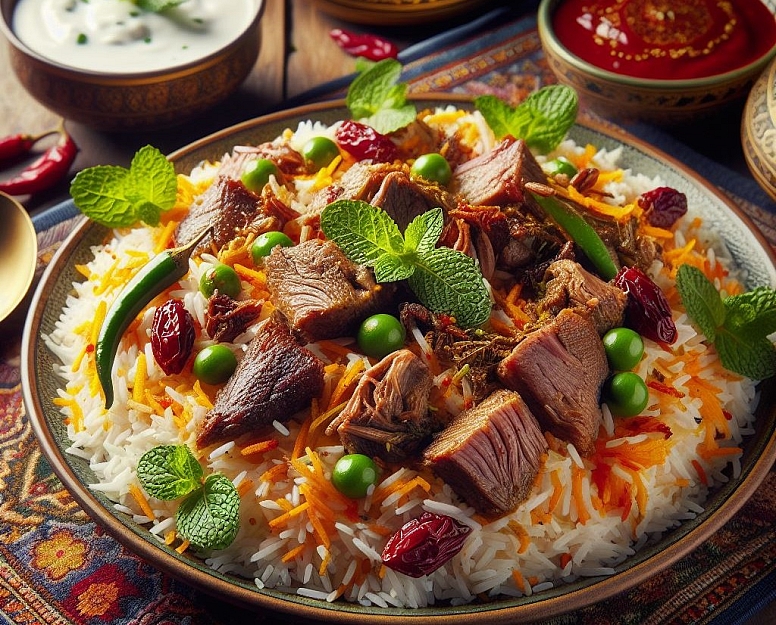
Aromatic Spices: Sindh's cuisine is characterized by the use of aromatic spices like cumin, coriander, cloves, and cinnamon. These spices add depth and complexity to the dishes.
Rice and Wheat: Rice is a staple in Sindh's cuisine, and it's often used to create fragrant biryanis and pulao. Wheat-based dishes like roti (unleavened flatbread) and paratha are also common.
Fish and Seafood: Due to its coastal location, Sindh has a strong seafood influence in its cuisine. Various types of fish, prawns, and crabs are used to create flavourful curries and fried dishes.
Wholesome and Nutritious: Sindh's cuisine emphasizes wholesome and nutritious ingredients. Dishes often feature a mix of vegetables, lentils, and meats.
Influences from Neighbouring Regions: Sindh's cuisine has been influenced by various neighbouring regions, including Persian, Arabian, and Central Asian cuisines. This has led to a diverse range of flavours and cooking techniques.
Iconic Sindh Dishes
- Sindhi Biryani: A fragrant rice dish made with aromatic spices, saffron, and marinated meat (often goat or chicken). The rice is layered with meat, potatoes, and caramelized onions, resulting in a flavourful and visually appealing dish.
- Sai Bhaji: A nutritious and hearty dish made from a mix of spinach, mustard greens, and other vegetables, cooked with lentils and aromatic spices. It's a popular comfort food in Sindh.
- Sindhi Curry (Sai): A tangy and spicy curry made with vegetables or fish, flavoured with tamarind and various spices. It's typically served with rice.
- Koki: A traditional Sindhi bread made from whole wheat flour, onions, green chillies, and spices. It's often enjoyed for breakfast with yoghurt or chutney.
- Sindhi Kadhi: A yogurt-based curry made with chickpea flour, vegetables, and spices. The tangy and slightly spicy flavours make it a unique and comforting dish.
- Palla Fish: A famous fish dish of Sindh, Palla fish is marinated with spices, grilled, and served with various chutneys. It's a must-try for seafood enthusiasts.
- Kheer: A popular dessert made from rice, milk, and sugar, and flavoured with cardamom and nuts. It's often prepared for special occasions and festivals.

Sindh's cuisine is a reflection of the province's diverse culture, history, and agricultural practices. The flavours of the Indus River and the Arabian Sea come together to create a culinary experience that is both comforting and invigorating. Whether you're sampling the complex flavours of a Sindhi biryani or indulging in the tangy richness of a Sai curry, you're embarking on a gastronomic journey that captures the essence of Sindh's traditions and hospitality.
Khyber Pakhtunkhwa (KP): Spice and Tradition
Khyber Pakhtunkhwa (KP), formerly known as the North-West Frontier Province, is a province in the northwestern region of Pakistan. The province is characterized by its mountainous terrain, rich cultural heritage, and diverse population. Khyber Pakhtunkhwa's cuisine reflects the region's history, traditions, and rugged landscape. Let's explore the distinctive features and dishes that define Khyber Pakhtunkhwa's cuisine:
Key Features of Khyber Pakhtunkhwa's Cuisine

Robust and Spicy: Khyber Pakhtunkhwa's cuisine is known for its robust flavours and liberal use of spices. The dishes often have a spicy kick that reflects the region's love for bold flavours.
Meat-Centric: Meat, particularly lamb, chicken, and beef, plays a central role in KP's cuisine. Grilled, stewed, and slow-cooked meat dishes are staples in the region.
Barbecue and Tandoori Cooking: The province is famous for its tandoori cooking and barbecue traditions. Tandoori meats and kebabs are a common sight in KP's food markets.
Hospitality and Generosity: The people of KP are known for their hospitality, and this is reflected in their cuisine. Meals are often communal affairs, and guests are served generously.
Culinary Heritage: Khyber Pakhtunkhwa's cuisine has been influenced by its historical interactions with Central Asian and Middle Eastern cultures, resulting in a unique blend of flavours and techniques.
Iconic Khyber Pakhtunkhwa Dishes
- Chapli Kebab: A signature dish of the region, chapli kebabs are minced meat patties made from ground meat (often beef), spices, and herbs. They are shallow-fried and are incredibly flavourful.
- Peshawari Karahi: A rich and spicy meat curry cooked in a traditional wok-like pan known as a "karahi." The dish features tender meat cooked with tomatoes, green chillies, and aromatic spices.
- Namkeen Lamb: This dish involves marinating lamb with a mixture of yoghurt and spices and then slow-cooking it until tender. The result is a succulent and flavourful meat dish.
- Aloo Paratha: While popular across Pakistan, KP's version of stuffed parathas is particularly cherished. Aloo paratha is a flatbread stuffed with spiced mashed potatoes and served with yoghurt or chutney.
- Peshawari Charsi Tikka: This unique take on tandoori chicken involves marinating the meat in a blend of spices, yoghurt, and mustard oil before grilling it to perfection.
- Dal Mash: A flavourful lentil dish cooked with a blend of spices. It's often served with rice or bread and is a staple source of protein in the region.
- Chapshoro: A savoury pancake made from buckwheat flour, usually served with butter or ghee. It's a staple food in KP, providing energy for the demanding mountain lifestyle. Chapshurro is also popular in Balochistan and Gilgit-Baltistan.

Khyber Pakhtunkhwa's cuisine is a reflection of the province's rugged landscape, rich cultural heritage, and traditions. The flavours of the spice-laden dishes and the warmth of the hospitality embody the spirit of the region. Whether you're savouring the bold flavours of a chapli kebab or enjoying the comforting goodness of a Peshawari karahi, you're experiencing the culinary treasures of a province with a rich history and a strong connection to its roots.
Balochistan: A Tapestry of Flavours
Balochistan, the largest province of Pakistan, has a cuisine that reflects its arid climate, nomadic traditions, and cultural diversity. The cuisine of Balochistan is characterized by its simplicity, use of locally available ingredients, and emphasis on meats and dairy products. Let's delve deeper into the unique features and dishes that define Balochistan's cuisine:
Key Features of Balochistan's Cuisine
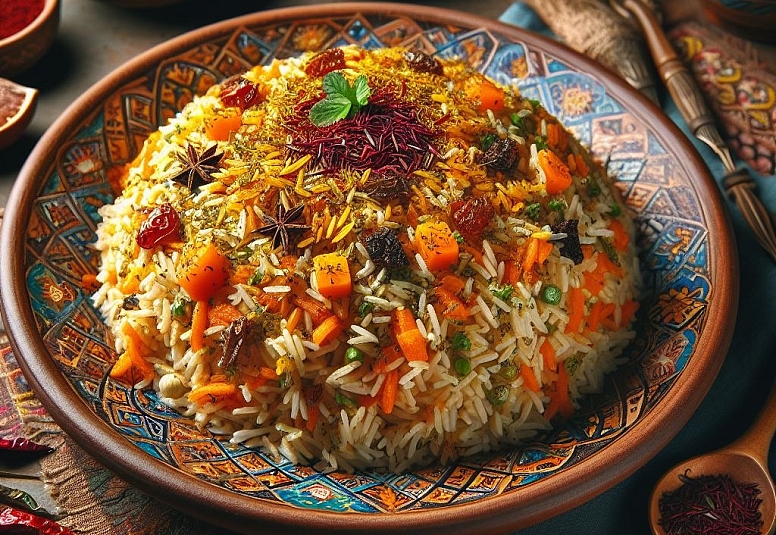
Simple and Wholesome: Balochistan's cuisine is marked by its simplicity and focus on wholesome ingredients. The cuisine often uses basic spices to enhance the natural flavours of the ingredients.
Meat and Dairy: Due to the nomadic heritage and the availability of livestock, meat and dairy products play a central role in Balochistan's cuisine. Dishes are often centred around mutton, beef, and camel meat.
Minimally Processed: The cuisine relies on minimally processed ingredients. It showcases the flavours of the region's produce without the heavy use of spices or elaborate cooking techniques.
Influences from Neighboring Regions: Balochistan's cuisine has been influenced by its neighbours, including Iran and Afghanistan. This has resulted in a culinary landscape that features dishes with a mix of flavours.
Iconic Balochistan Dishes
- Dampukht: The name "Dampukht" translates to "steam-cooked." In this dish, meat is marinated with a mixture of spices, wrapped in cloth, and then slow-cooked to perfection. The result is succulent and aromatic meat.
- Khubz and Landhi: Khubz is a traditional flatbread of Balochistan, often served with Landhi. Landhi is a flavourful mix of yoghurt, meat, and spices. Together, they create a hearty and satisfying meal.
- Balochi Kebabs: These skewered meat kebabs are marinated with spices and herbs before being grilled to perfection. They are a simple yet delicious representation of Balochistan's culinary heritage.
- Balochi Pilaf: A rice dish cooked with meat, spices, and sometimes dried fruits and nuts. The dish showcases the influence of neighbouring regions on Balochistan's cuisine.
- Zaghe: A traditional dessert made from milk and rice. It's often flavoured with cardamom and saffron and is enjoyed as a sweet treat.
- Sajji: Sajji is a signature dish of Balochistan, particularly popular in Quetta. It involves marinating a whole roasted lamb or chicken with a blend of spices and then slow-cooking it over an open flame. The result is tender and flavourful meat with a unique smoky aroma.
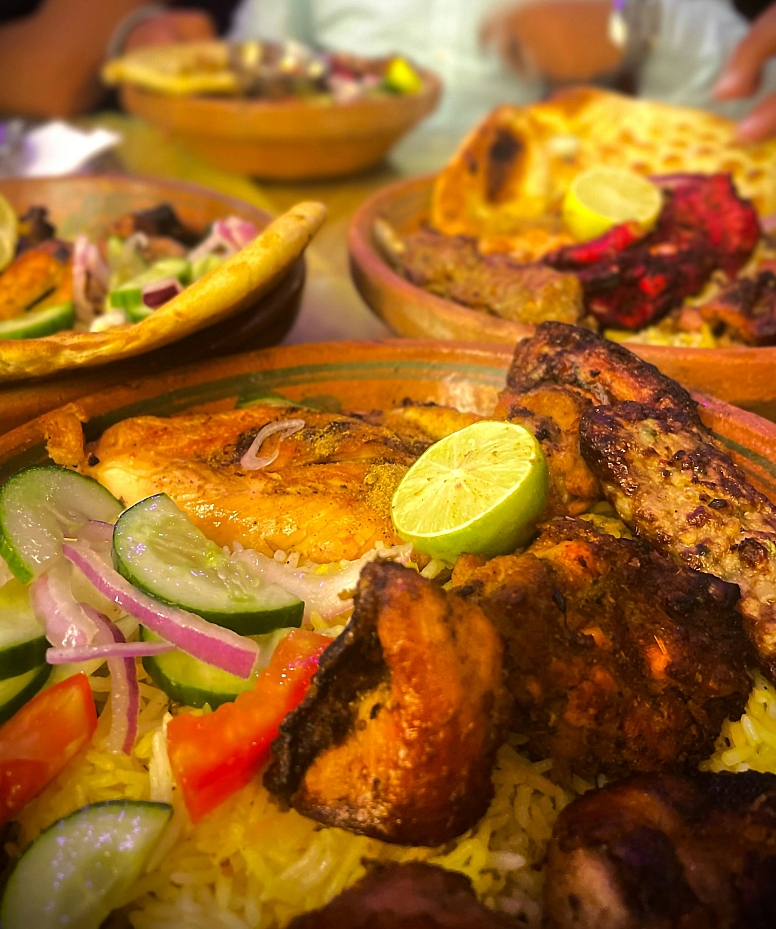
Balochistan's cuisine is a reflection of the province's rugged landscape, nomadic traditions, and the influences of its neighbouring regions. The simplicity and authenticity of the dishes capture the essence of Balochi culture and heritage. Whether you're savouring the smoky flavours of sajji or enjoying the hearty goodness of dampukht, you're experiencing the culinary treasures of a province with a rich history and a strong connection to its roots.
Gilgit-Baltistan: The Taste of the Mountains
In the northernmost region of Pakistan lies Gilgit-Baltistan, where the cuisine reflects the high-altitude terrain and the proximity to the Himalayas. The region's cuisine is a blend of indigenous ingredients and influences from Central Asia.
Gilgit-Baltistan, located in the northernmost part of Pakistan, is a region known for its breathtaking mountain landscapes and unique cultural heritage. The cuisine of Gilgit-Baltistan reflects the challenging environment, with an emphasis on locally sourced ingredients, preservation methods, and hearty dishes that provide sustenance in the high-altitude region. Let's explore the distinctive features and dishes that define Gilgit-Baltistan's cuisine:
Key Features of Gilgit-Baltistan Cuisine

High-Altitude Ingredients: The mountainous terrain of Gilgit-Baltistan shapes its culinary traditions. The region's cuisine often uses locally grown grains, vegetables, and indigenous plants that can thrive in the challenging environment.
Culinary Preservation Techniques: Due to the harsh winters and limited access to fresh ingredients, preservation techniques like drying, fermenting, and pickling play a significant role in the cuisine.
Influences from Central Asia: The cuisine of Gilgit-Baltistan has been influenced by its neighbours in Central Asia, resulting in a unique blend of flavours and techniques.
Hearty and Nutritious: The cuisine is characterized by hearty and nutritious dishes that provide energy for the demanding mountain lifestyle. Staples include grains, dairy products, and meats.
Iconic Gilgit-Baltistan Dishes
- Harisa: A traditional winter dish, harisa is a hearty porridge made from wheat and slow-cooked with meat. It requires hours of stirring to achieve a creamy consistency, making it a labour of love.
- Momos: These dumplings, influenced by Tibetan cuisine, are filled with minced meat or vegetables and served with a spicy sauce. Momos are a popular snack in the region.
- Yakhni Soup: A warming broth made from meat (often chicken) and flavoured with aromatic spices. It's a comforting and nourishing dish, especially during colder months.
- Gyal: A traditional dish made from sun-dried apricots, this sweet and tangy treat is used in both savoury and sweet preparations. It's an essential part of Gilgit-Baltistan's cuisine.
- Seekh Kebabs: Skewered meat kebabs made from minced meat, herbs, and spices. They are grilled to perfection and enjoyed as a protein-rich snack or meal.
- Sheermal: A type of flatbread, sheermal is slightly sweet and flavoured with saffron. It's often enjoyed with various stews and curries.
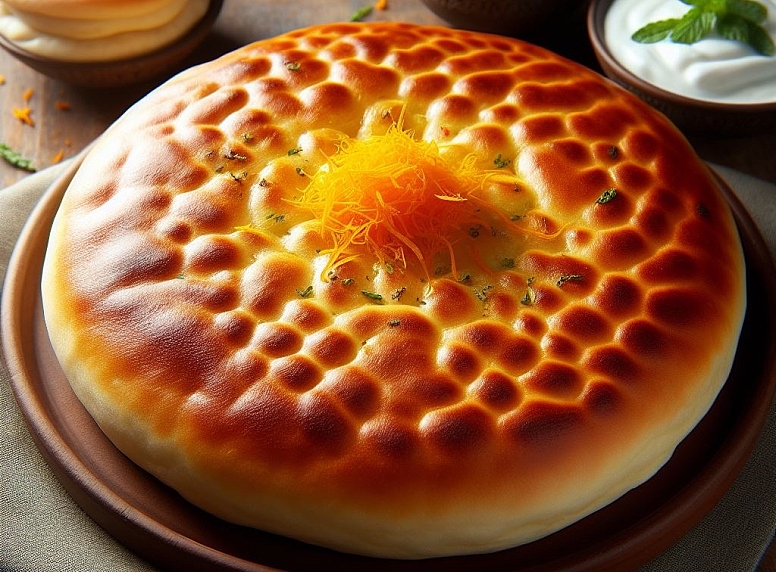
Gilgit-Baltistan's cuisine offers a window into the unique lifestyle and culture of the region. The use of locally sourced ingredients, preservation techniques, and hearty dishes reflect the challenges and traditions of mountain living. Whether you're savouring the heartwarming flavours of harisa or enjoying the delicate taste of momos, you're experiencing the culinary treasures of a region that is both captivating and resilient.
Azad Kashmir
Azad Kashmir, often referred to as "Azad Jammu and Kashmir" (AJK), is a region located in the northern part of Pakistan. It is not a separate province but is a self-governing administrative territory. Azad Kashmir shares borders with the Pakistani provinces of Punjab and Khyber Pakhtunkhwa to the south, as well as with the Indian-administered union territories of Jammu and Kashmir and Ladakh to the east and northeast. The region has its own government and legislative assembly, but it is still considered part of Pakistan and operates within the framework of the Pakistani constitution.
Azad Kashmir, a region known for its picturesque landscapes and cultural diversity, has a cuisine that reflects its natural bounty and rich heritage. The cuisine of Azad Kashmir draws inspiration from its mountainous terrain, fertile valleys, and the influences of various neighbouring regions. Let's explore the distinctive features and dishes that define Azad Kashmir's cuisine:
Key Features of Azad Kashmir Cuisine

Locally Sourced Ingredients: The cuisine of Azad Kashmir relies heavily on locally sourced ingredients, including fresh fruits, vegetables, grains, and dairy products.
Influences from Neighbouring Regions: The region's cuisine has been influenced by its neighbours, including Punjab, Gilgit-Baltistan, and Pakistan-administered Jammu and Kashmir. These influences have contributed to a diverse culinary landscape.
Use of Dairy Products: Dairy products like milk, yoghurt, and ghee are integral to Azad Kashmir's cuisine. They are used to create rich and tasty dishes.
Hearty and Comforting Dishes: The cuisine is known for its hearty and flavoursome dishes, often featuring a combination of grains, meats, and vegetables.
Iconic Azad Kashmir Dishes
- Gushtaba: A traditional meat dish made from finely ground mutton, Gushtaba is cooked in a yoghurt-based gravy and flavoured with aromatic spices. It's a delicacy often prepared for special occasions.
- Kashmiri Pulao: This fragrant rice dish is cooked with saffron, dried fruits, and nuts. It's a savoury-sweet combination that's often enjoyed during festivals and celebrations.
- Dum Aloo: Baby potatoes are cooked in a rich and spicy gravy made from yoghurt, tomatoes, and a blend of Kashmiri spices. It's a popular vegetarian dish.
- Phirni: A classic Kashmiri dessert, phirni is a rice pudding made with ground rice, milk, and sugar, and flavoured with cardamom and saffron.
- Shab Deg: A slow-cooked meat stew, Shab Deg is a traditional dish often enjoyed during cold winters. It's made with meat, lentils, and various spices.
- Seekh Kebabs: Skewered meat kebabs made from minced meat, herbs, and spices. They are grilled to perfection and enjoyed as a protein-rich snack or meal.
- Kashmiri Chai: Also known as pink tea, Kashmiri chai is a traditional tea made with green tea leaves, milk, and a blend of spices. It has a unique pink hue and a rich flavour.
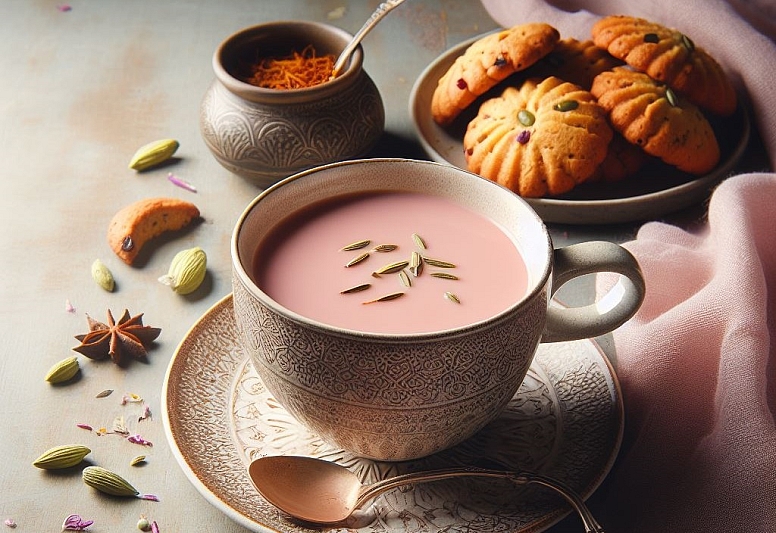
The cuisine of Azad Kashmir is a reflection of its natural beauty and cultural diversity. The use of local ingredients, rich flavours, and a mix of influences from neighbouring regions make it a unique culinary experience. Whether you're indulging in the richness of Gushtaba or savouring the aromatic Kashmiri pulao, you're immersing yourself in the flavours and traditions of a region that is both enchanting and inviting.
What is the Difference Between Azad Kashmiri Cuisine and Jammu Kashmiri Cuisine?
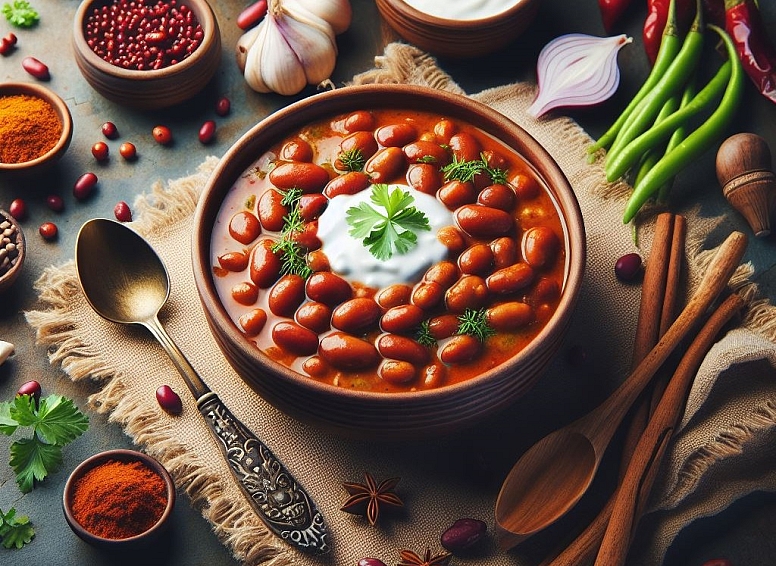
Azad Kashmiri cuisine and Jammu and Kashmiri cuisine both belong to the broader culinary traditions of the Kashmiri region, but they have distinct characteristics that reflect their unique histories, geography, and cultural influences. Here are some key differences between Azad Kashmiri cuisine and Jammu and Kashmiri cuisine:
Influence of Neighbouring Regions:
- Azad Kashmiri Cuisine: Due to its proximity to Pakistan and the Punjab region, Azad Kashmiri cuisine has been influenced by Punjabi culinary traditions. This influence is evident in the use of spices and cooking methods.
- Jammu and Kashmiri Cuisine: Jammu and Kashmiri cuisine, being closer to the Central Asian and Persian regions, has a stronger influence from these areas. The use of aromatic spices, saffron, and dried fruits is more pronounced in this cuisine.
Diverse Ingredients:
- Azad Kashmiri Cuisine: The cuisine of Azad Kashmir tends to incorporate a wider variety of spices and flavours, reflecting the Pakistani and Punjabi influences. The use of red chillies and spices like cumin and coriander is common.
- Jammu and Kashmiri Cuisine: Jammu and Kashmiri cuisine emphasizes saffron, yoghurt, and more delicate use of spices. The cuisine often features dishes with a mix of sweet and savoury flavours.
Variations in Dishes:
- Azad Kashmiri Cuisine: The cuisine of Azad Kashmir may include variations of dishes that are commonly found in Punjab, such as various types of biryanis and kebabs.
- Jammu and Kashmiri Cuisine: This cuisine features iconic dishes like Rogan Josh, Wazwan, and Dum Aloo, which are deeply rooted in the region's cultural heritage and exhibit a distinct blend of flavours.
Cooking Techniques:
- Azad Kashmiri Cuisine: The cooking techniques in Azad Kashmiri cuisine may vary, incorporating methods that are prevalent in the Punjab region, such as tandoori cooking and grilling.
- Jammu and Kashmiri Cuisine: Cooking methods in Jammu and Kashmiri cuisine often include slow cooking, dum cooking, and the use of aromatic spices to create layered flavours.
Regional Specialties:
- Azad Kashmiri Cuisine: Azad Kashmir's cuisine may have more overlap with Pakistani dishes and incorporate elements of Punjabi cuisine.
- Jammu and Kashmiri Cuisine: The cuisine of Jammu and Kashmir is known for its unique specialities like Wazwan feasts and the use of saffron and dried fruits in dishes.
While both Azad Kashmiri cuisine and Jammu and Kashmiri cuisine share some commonalities due to their geographical and cultural proximity, the differences lie in the influence of neighbouring regions, the emphasis on specific ingredients, and the unique dishes that have developed over time. Each cuisine offers a distinct culinary experience that reflects the diverse heritage of the Kashmiri region. A traditional dish enjoyed on both sides of the border is Kashmiri kidney beans.
Pakistan's culinary diversity is a testament to the country's cultural richness and geographic variations. From the spices of Punjab to the coastal flavours of Sindh, the robust cuisine of KP to the traditional dishes of Balochistan and the mountain fare of Gilgit-Baltistan, each province contributes its unique flavours and traditions to the nation's gastronomic tapestry.
Exploring these regional cuisines not only tantalizes the taste buds but also offers insights into the history, culture, and heritage of Pakistan. So, the next time you savour a dish from one of these regions, remember that you're indulging in a piece of Pakistan's vibrant culinary mosaic.

